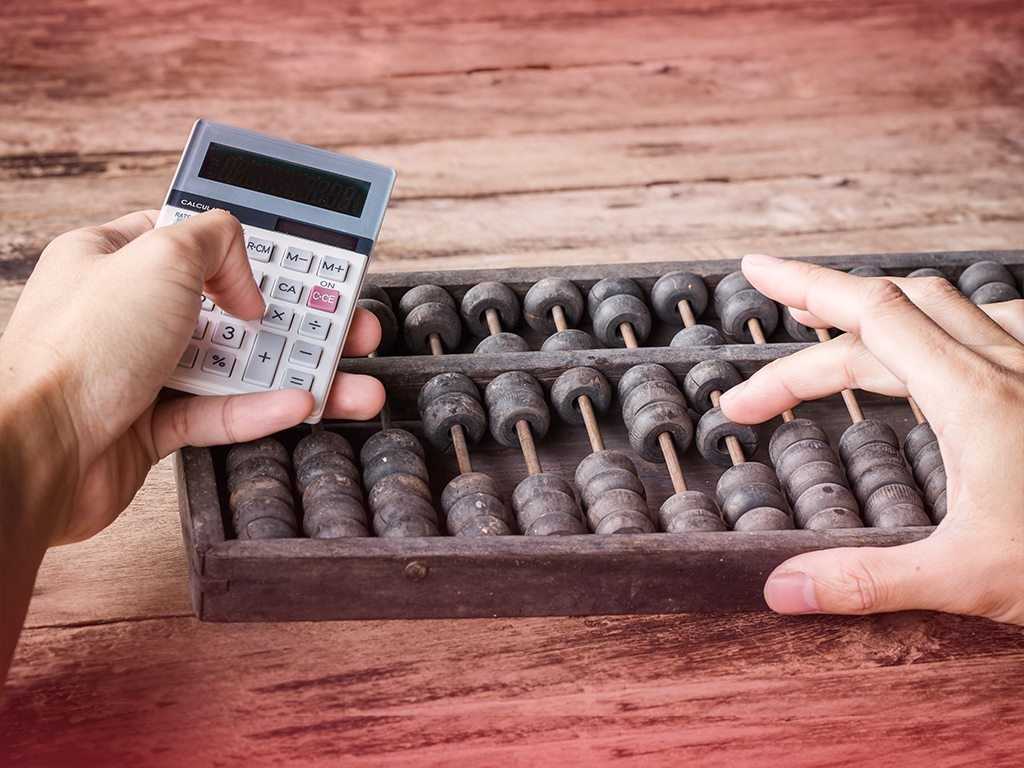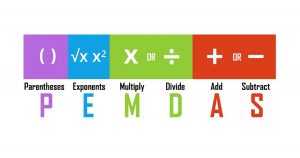In this article, we’ll learn about how to use an abacus.
Everything in the world is based on Math and counting numbers. The greatness of Math is not just for cracking an examination like the SAT, but an important life skill.
What is an Abacus?
Abacus is a fun way to learn Math and perform calculations. Abacus has a long history – when it was invented as just a simple machine back in Babylon about 5000 years ago.
This interesting term Abacus is derived from the Greek term ABAX ( Calculating Table). The help of an Abacus allows the users to perform arithmetic and basic calculations such as addition, subtraction, multiplication, and division. The abacus consists of sticks arranged horizontally. The beads of each stick can be moved further or down during the calculation.
Because of the visual representation of numbers, the students can easily understand how the calculations happen. Abacus is a fun-filled math tool that every student enjoys, rather than the pen-and-paper method of doing lengthy and boring math calculations.
Abacus is mainly used for basic arithmetic and algebraic calculations as well. Scientifically, many students who practice Abacus find their critical thinking levels significantly improve. It no longer makes Math a boring subject but indeed- an exciting one.
It is a resourceful subject that not only helps to excel in mathematical calculations but also improves logical reasoning and calculative abilities. With most of the competitive examinations such as SAT and ACT requiring Maths and Reasoning, learning the Abacus can be one big advantage to getting higher scores. As a result, many educational institutions are making Abacus an essential subject for obvious benefits.
With scientifically proven improvement in math skills using Abacus, one can perform basic arithmetic such as addition, subtraction, multiplication, and division with the help of the Abacus in lesser computational time. Along with basic arithmetic, one can also dwell deeper into Algebra and Polynomial equation solving with Abacus. In this blog, we bring you the simple steps that the students can follow to perform basic arithmetic using Abacus:
Performing Counting with the Help of an Abacus:
- Each of the beads in the lower should be arranged as a value of 1.
- Once the five beads are counted, they should be moved to the upper row.
- After the upper beats on the upper row are counted and carried forward to the left-adjacent column.
- The right column represents the units column and the result is moved to the left-most adjacent column.
How to Use an Abacus for Addition?
Ten Strategy:
In this strategy, if you prefer to add 9 and 6, you will have to add 6 and 9 in the first two columns. After moving from 6 to 9- then 9 becomes 10, and 6 becomes 5.
Two 5 Strategy:
To have 5 and 8, add the same number of beads in the first two wires. A total of two 5 becomes 10 and the remaining beads are three. Added 10 plus three gives 13.
How to Add Bigger Numbers?
If you wish to add two double-digit numbers such as 64 and 78. The first wire on the right will have 8 and the second wire will have 7. Add 8+7=16. Keep the digit 6 and pass on 1 to 7.
The final result occurs after adding the remains of these first numbers.
How to Use an Abacus for Multiplication?
To multiply small numbers, for example, 5×7, we can ask the students to follow the process of addition. All they have to do is enter 5 in four different wires.
Then follow the strategy of five, as mentioned above. So now they have to perform 5+5+5+5 = 20 and 1+1+1+1 = 4. Finally, they will have to add 20+4 = 24.
Well, the above-mentioned strategy can only be utilized in the case of small numbers. There may be situations wherein the student confronts large numbers. In those cases, we will follow a different approach.
For example, if you’re multiplying 34×12.
Step 1 – Assign one letter to each column. So it will become “3”, “4”, “X”, “1”, “2”, and “=”.
This makes us feel the first six wires. Leave the rest of the columns to the right as it is for the answer.
Remember, “X” and “=” will be represented by blank columns.
Step 2 – Multiply 3 with 1 and then 3 with 2. Next, you will multiply 4byh by 1 and then 4byh by 2.
Understand the pattern. This is the part that we will apply for all kinds of numbers.
Step 3 – Record the results of the products in the correct order. Start recording the first product i.e. 3×1 = 3 in the seventh wire.
Next, 3×2 = 6, record it after the column in which you recorded 3 i.e. eighth wire.
Step 4 – When you multiply 4×1, add the result i.e. 4 to the previous multiplication which we did i.e. 3×2 = 6. Now, 4+6 becomes 10.
Carry one to the seventh wire which was 3 and now it becomes 4 and the eighth wire becomes 0.
Step 5 – Perform the last multiplication which is 4×2 = 8. Recorded in the ninth wire. So our answer is 408.
Conclusion:
Abacus is a handy tool and a well-proven method to perform arithmetic calculations and improve the student’s memory. The visual representation of each bead makes the student understand the math concepts much easier. Most schools these days are emphasizing the students learning abacus to get better in math and also improve in lateral thinking and critical thinking skills.
Irrespective of the main professional stream the student would plan to take, Abacus can become a crucial life skill that can come a long way down for helping them in calculations, programming skills, and decision-making skills as well. It is relatively simpler to understand and master at a short notice, and hence young students are easily able to pick it up with ease.
Be ahead of the Mathematical game, and Master the art of the Abacus!

Relevant Articles
Public vs Private Colleges – Which is better for you?
With approximately 4,300 colleges and universities in the United States, …
Public vs Private Colleges – Which is better for you? Read More »
Read More >>Allusion Definition and Examples
An allusion is a short reference to a person, object, …
Allusion Definition and Examples Read More »
Read More >>PEMDAS: What Does It Mean and Why Does It Matter?
In mathematics, the order of operations is important to solve …
PEMDAS: What Does It Mean and Why Does It Matter? Read More »
Read More >>



















Comments: